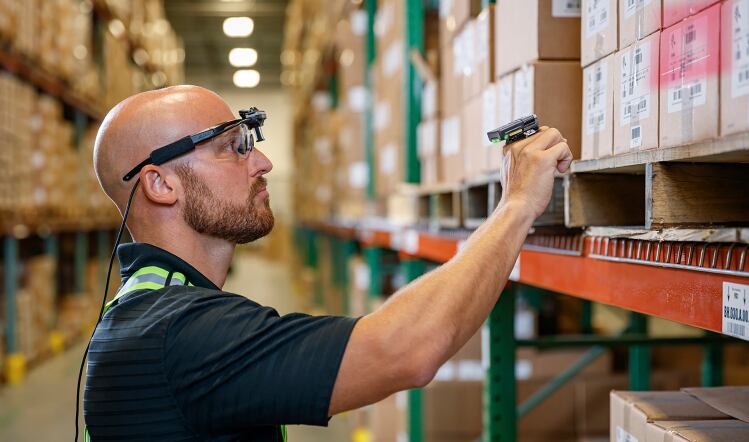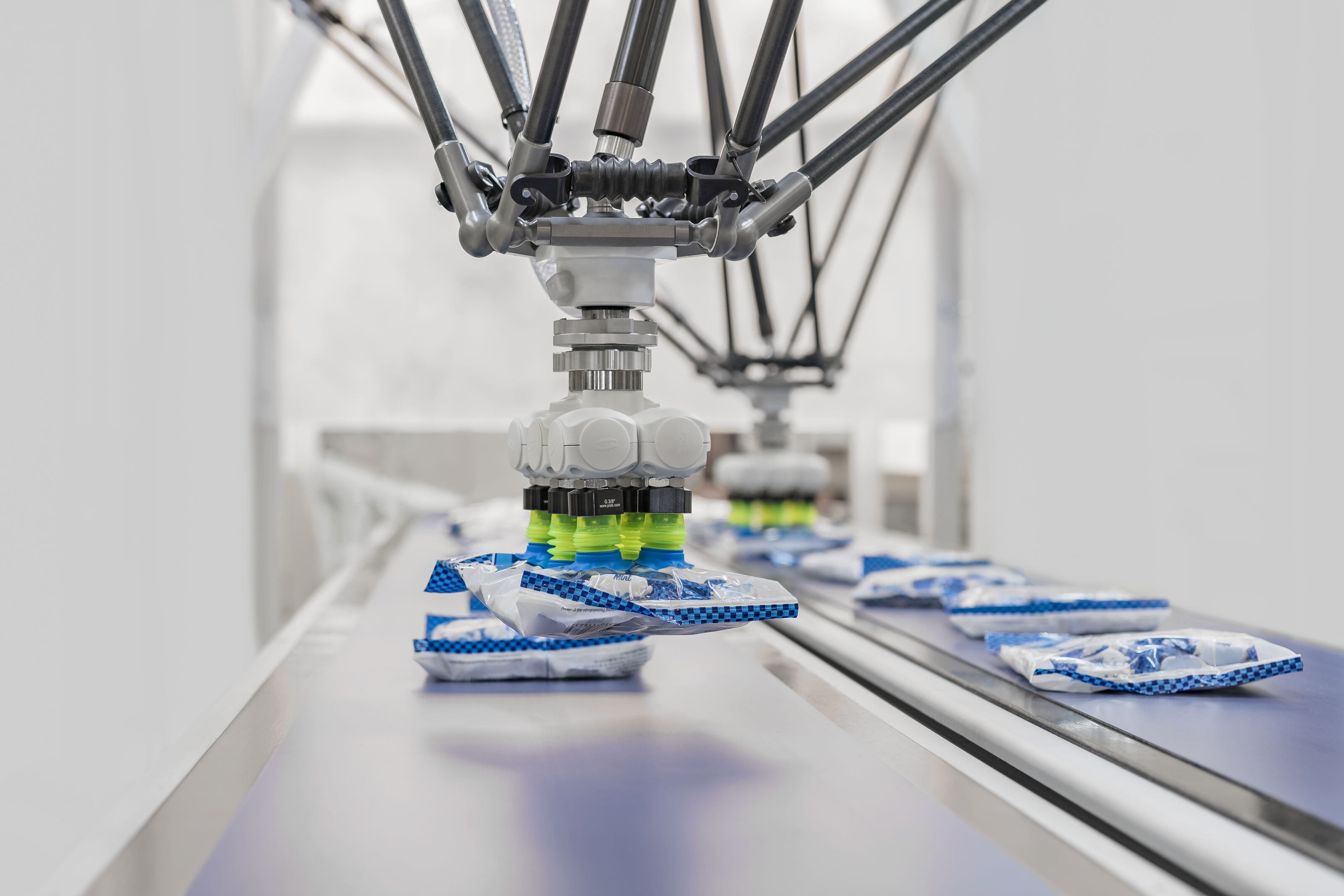Britain’s food and drink manufacturers are being urged to adopt the latest software and digital technology to help ensure greater efficiency, together with security of their supply chains, in an increasingly global world.
The biggest challenge facing the UK food supply chain is the demand from consumers for greater visibility – where food comes from and its safety, according to Rob Chester, UK managing director for food safety auditing and certification company NSF International. “Consumers want more transparency about what is happening in the supply chain,” says Chester.
“Although we have very good systems in most supply chains, they were never built with that visibility and transparency in mind. The further you get from retailers and their primary suppliers, the harder it becomes to get all the data and information they are looking for.”
In response to this need, last year NSF embarked on a UK farm-to-supermarket blockchain trial of the beef supply chain (see box below). This moves to its next stage in 2020, including investigations into the potential use of “cow passports” to eliminate the need for physical border checks on the movement of animals between Northern Ireland and the Republic after Brexit, says Chester.
Security via blockchain
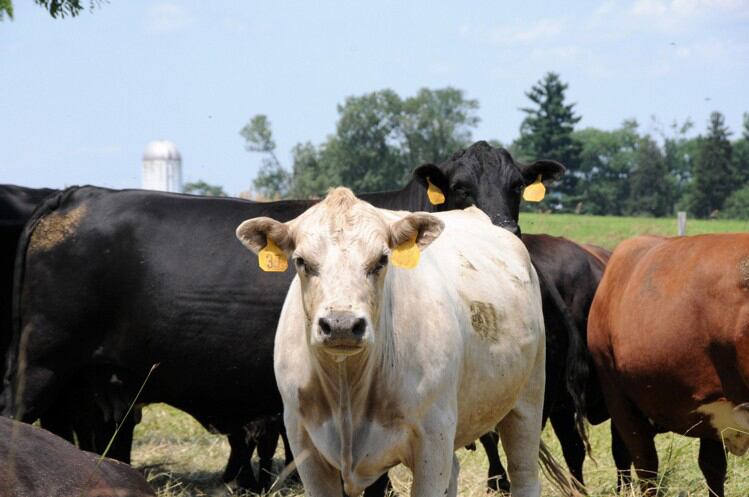
Encryption of data using blockchain technology is increasingly being applied to food and drink supply chains to reduce the risk of fraudulent data tampering and ensure the authenticity of product origin.
NSF International has carried out trials with an unnamed UK retailer, using its NSF Verify app and platform, from field to supermarket shelf. In the trial, beef farmers use smartphones linked to a database, which helps them improve their efficiency while raising visibility along the supply chain for consumers. Records are secured on a community blockchain.
Elsewhere, Connecting Food, founded in 2016, has set up a QR code-based blockchain subscription service for farmers, brand owners and retailers to ensure traceability and build consumer trust. The service’s LiveAudit module provides customers with a customised dashboard, allowing them to see where a product is in their supply chain.
And US company Elemica has engaged in a food blockchain initiative with the AgGateway organisation, involving manufacturers, distributors and retailers within the agricultural sector. Elemica’s mission is to facilitate the industry’s transformation to a digital infrastructure, thus maximising efficiency and productivity.
Inaccurate data
A separate piece of research carried out late last year by OGL Computer, which specialises in enterprise resource planning (ERP) software, managed IT and cyber security, found that staff costs, inaccurate data and widely used manual processes were impacting the profitability of wholesale food businesses.
This finding supports that of GS1 UK, the organisation dedicated to helping grocery companies automate and standardise their supply chain processes using the common language of GS1 global standards.
Last May, on the anniversary of the launch of GS1’s productDNA data-sharing platform, developed by leading food and drink brands and multiples to improve efficiency and confidence in the supply chain, it reported that one-in-three products failed independent physical checks carried out by XPO Logistics to validate the accuracy and consistency of product data.
In some areas, however, progress is taking place. A recent study by enterprise system specialist Zebra Technologies reported that IT and operational decision-makers were taking steps to upgrade their warehouse management system (WMS) platforms. Zebra found that 54% of surveyed firms planned to implement full-featured WMS and mobile worker execution systems by 2024.
“The on-demand economy is placing pressure on warehouse operations to quickly fulfil more orders than ever before, requiring a highly productive and efficient workforce,” says Joe White, senior vice president of enterprise mobile computing at Zebra.
While demand planning is complex, it can be made simpler by using the latest enterprise resource planning (ERP) systems to make the process simpler and more agile, says Simon Noakes, small and medium business director with software firm Columbus UK. “A modern ERP system, complemented by advanced analytics and data processing capabilities, enables businesses to build such a platform in the cloud, and the cloud’s scalability can store endless volumes of data, while allowing the platform to incorporate business activities and supply chain management,” he says.
“This greater visibility into the supply chain, managing inventory levels and accurate forecasting will not just help companies optimise cash flow, but start to give them greater understanding of customer needs.”
Future challenges
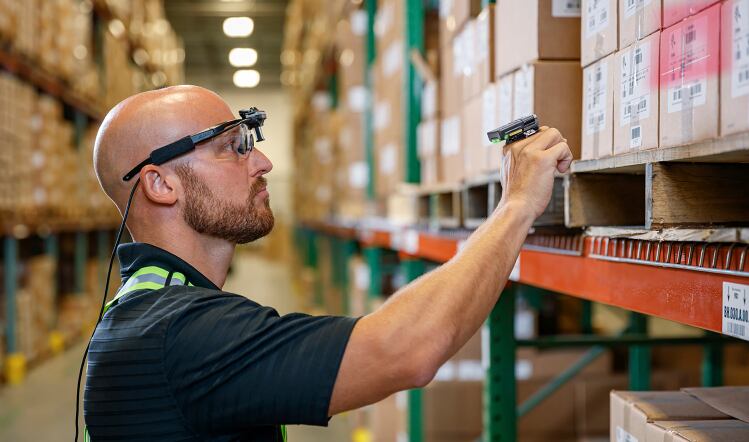
One of the biggest challenges facing the UK food and drink supply chain over the next few years will be complying with the 2015 Modern Slavery Act, warns Qadex, which has developed a farm-to-fork supply chain mapping platform to provide transparency and help identify where elevated risks exist.
Qadex’s supplier risk assessment and scoring system helps to identify which suppliers require more detailed scrutiny of compliance with the Act. In partnership with Gate to Plate Compliance, Qadex offers the Star Index food chain rating system to businesses to identify elevated modern slavery risks within their supply chains.
“Sustainability within supply chains is complex, as there is no single definition of what a sustainable supply chain looks like,” says Qadex managing director Steven Whyte. “We partner with our customers to identify the sustainability risks that are relevant to their businesses and then develop programs to risk-assess their supply chains and identify areas for improvement.”
Food and drink manufacturers need to make better use of information, including integration and digitalisation of supply and demand chains to deal with the new challenges they face – not least the continuing threat of a no-deal Brexit, suggests Jason Chester, director of global channel programs with enterprise quality systems specialist InfinityQS.
“Not only is it becoming increasingly important for companies to address issues of traceability and transparency, but also – and perhaps more importantly – to optimise their manufacturing operations. Automation alone is no longer the answer,” says Chester.
“Instead, food and beverage manufacturers need to turn to data and information to improve their levels of innovation and agility while at the same time optimising their business operations around the pillars of cost, value and risk.”
Digital optimisation
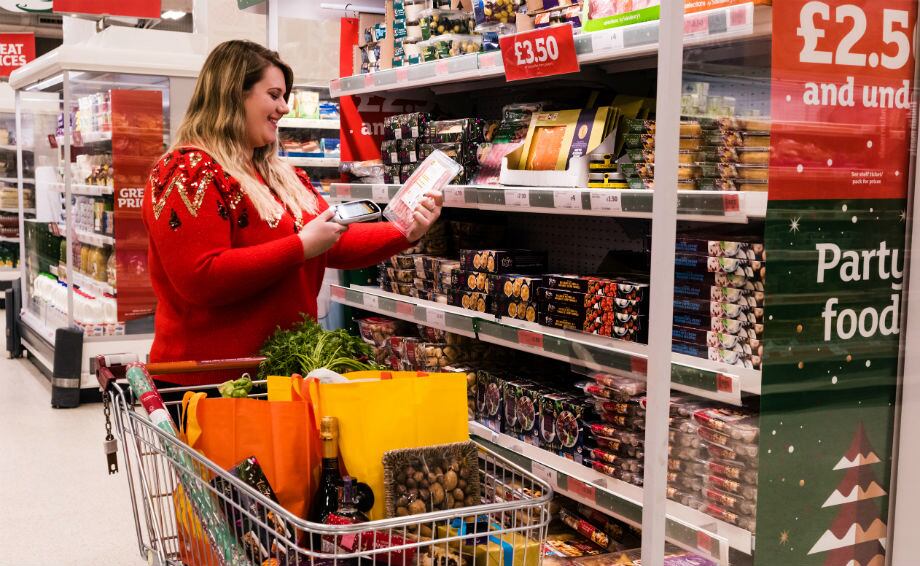
Digital optimisation is a major focus for the food and drink sector as it faces the major challenges of pricing, changing consumer demands, and meeting strict legal requirements.
That is the conclusion of the latest CSB-Digitisation Study 2020 from software company CSB-System that gathered together the opinions of more than 100 decision-makers in food and drink companies from Africa, Asia, Australia, Europe, South and North America.
CSB-System said that the percentage of respondents investing more in IT and technologies has been increasing since it started the survey three years ago as food producers realise that combining digitised processes with good products provides an opportunity for growth.
This had led to a clear strategy for these businesses, with most of them using digitisation primarily to improve their management processes (66%), to make their organisation more flexible (62%), and to optimise their processes in production and logistics (60%).
CSB-System said the objective to increase efficiency has meant that supply chain management has become the focus of digitisation. Currently only 24% of respondents were satisfied with the current state of digitisation, and 27% were already working on further improvements.
Companies said they saw cost potentials along the entire value chain with 66% in purchasing, 64% in production, and 55% in logistics.
CSB said that food producers can enhance their competitive edge by better understanding consumers. Respondents recognised this as 73% stated that they are currently using solutions or planning to in the digitisation of sales, marketing and CRM.
The study also showed that the opportunities of an ERP system for digitisation are not always utilised in an ideal way. Alongside classic application fields in controlling, for calculations and for planning processes, there are many more possibilities on the top floor as well as on the shop floor, CSB said.
Case study: dealing with extreme peaks at Pivka
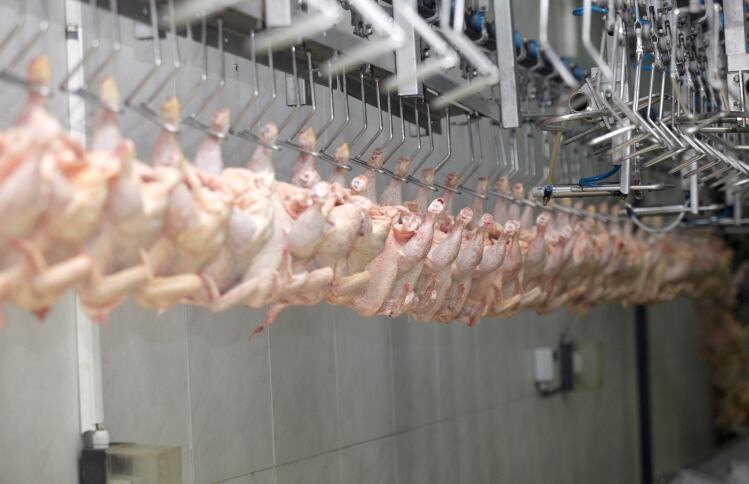
A bespoke IT system from food and drink specialist CSB-System has helped a Slovenian poultry processor double its growth, improve cost-efficiency and increase its production volumes by 40%.
Poultry processor Pivka Perutninarstvo needed a system that could overcome the challenge of the time gap of several hours that existed between the slaughter of the animals and the processing of customer orders.
While slaughtering starts at 5am, the first orders do not come in until after 1pm, leading to “extreme peaks and inefficient processes” in the production and packing departments.
In collaboration with CSB, Pivka sought to establish an all-encompassing digitisation and optimisation platform. This involved combining an enterprise resource planning system and a buffer inventory to create a balance between the “push and pull” of production.
The processed animals are now packed into crates and transferred to the warehouse on a single-item basis. They are then moved just-in-time to the packing and labelling lines.
The process is overseen using the CSB-Inventory Management system, which acts as the central control unit to ensure that the correct raw materials go to the right lines.
Pivka said the system had allowed the company to be a faster and “significantly more efficient” operation than a few years ago.
The processed animals are now packed into crates and transferred to the warehouse on a single-item basis. They are then moved just in time to the lines for packing and labelling.
On each line its CSB-Rack workstation, which combines automated data capture for weighing, pricing and labelling, communicates with the ERP system to provide data for order processing.
This real time data flow enables managers to keep track of areas such as inventory consumption, sales figures and production volumes.
“When we introduced the CSB-System here, we were a very small company in the Slovenian market,” said Janez Rebec managing director of Pivka Perutninarstvo. “But in the last 10 years, we’ve been growing twice as much compared to the past, also with the help of CSB.”
The company currently has a turnover of €38m (£32m) and is number-two in the Slovenian poultry market.



